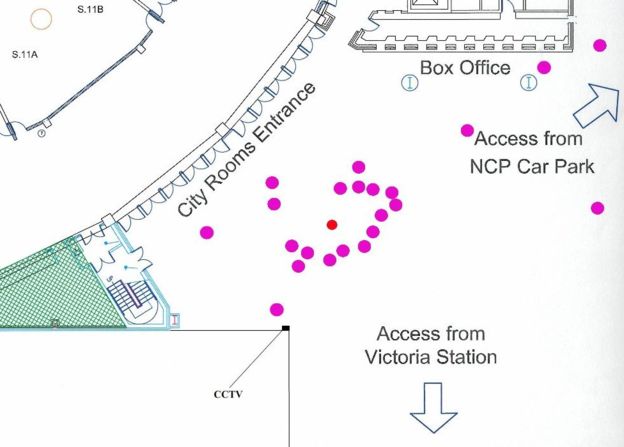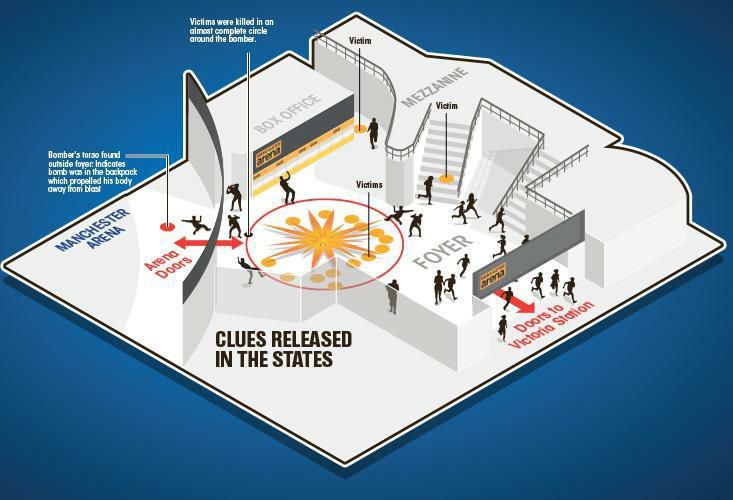
It was revealed during the opening of the Manchester bombing inquest on Friday that some of the victims were identified by DNA testing, due to how badly their bodies were impacted by the blast.
Although the court heard that at “10.31pm on May 22nd,” 22-year-old Salman Abedi was the sole culprit of a suicide bombing, using a shrapnel bomb, it is still not clear how much of his remains were found, how he was formally identified or indeed whether DNA tests were carried out on these remains. This question may not be answered for many more months, until the police investigation is complete and a separate inquest is held in to his death.
It was previously claimed he was identified by a bank card found at the scene and facial recognition technology, though this may have only related to CCTV and not the remains of his face. This might prove that he was somewhere on CCTV at some point, but not necessarily that he detonated the bomb nor that the remains are his.
Today’s opening summary by coroner Nigel Meadows gave the background circumstances of each of the 22 victim fatalities, along with a diagram similar to those already published by the media that points to the locations of the deceased within the Manchester arena foyer and their relation to the blast-center.
The nearest victim ended up just five yards from where Abedi is alleged to have detonated the ‘improvised device,’ while the furthest was 20 metres away.

The bodies were all taken to the mortuary at Royal Oldham Hospital where post-mortem examinations took place to establish the causes of death. As well as some DNA tests, identification also involved dental records and the analysis of items recovered at the scene such as mobile phones, jewellery, watches and clothing.
None of the families of the deceased attended the hearing at the Manchester Civil Justice Centre, and the summary only lasted an hour before being adjourned until 24th November. When it picks back up they will have the opportunity to attend, ask questions and explore some of the evidence.
According to Detective Superintendent Jonathan Chadwick the bomb used “was packed with a massive number of small metal objects which on detonation flew through the air at high velocity in all directions.”
“It appears it was designed to kill and maim indiscriminately the largest number of innocent people.”
What’s New
Where Abedi’s body was discovered after the blast is not shown in the new diagram passed out at the inquest, only where he is alleged to have detonated the device.

Previous diagrams published in the press and a bizarre eye witness account imply he ended up behind the doors labeled “City Rooms Entrance,” or was nearby and got moved there to hide the gore from onlookers – none of which makes much sense as I previously explored.
As a suicide bomber could he realistically even end up in or the other side of the arena doors, when the alleged blast center was further away and many other people seemingly crowded him?
The new diagram also reveals that there was CCTV covering the attack, though we don’t necessarily know if it was recording and it has yet to be referred to or released publicly. This would seemingly answer the question of who carried out the attack, where their remains ended up, where exactly the blast occurred, and could be compared to the diagram released today that shows the locations of the deceased.




